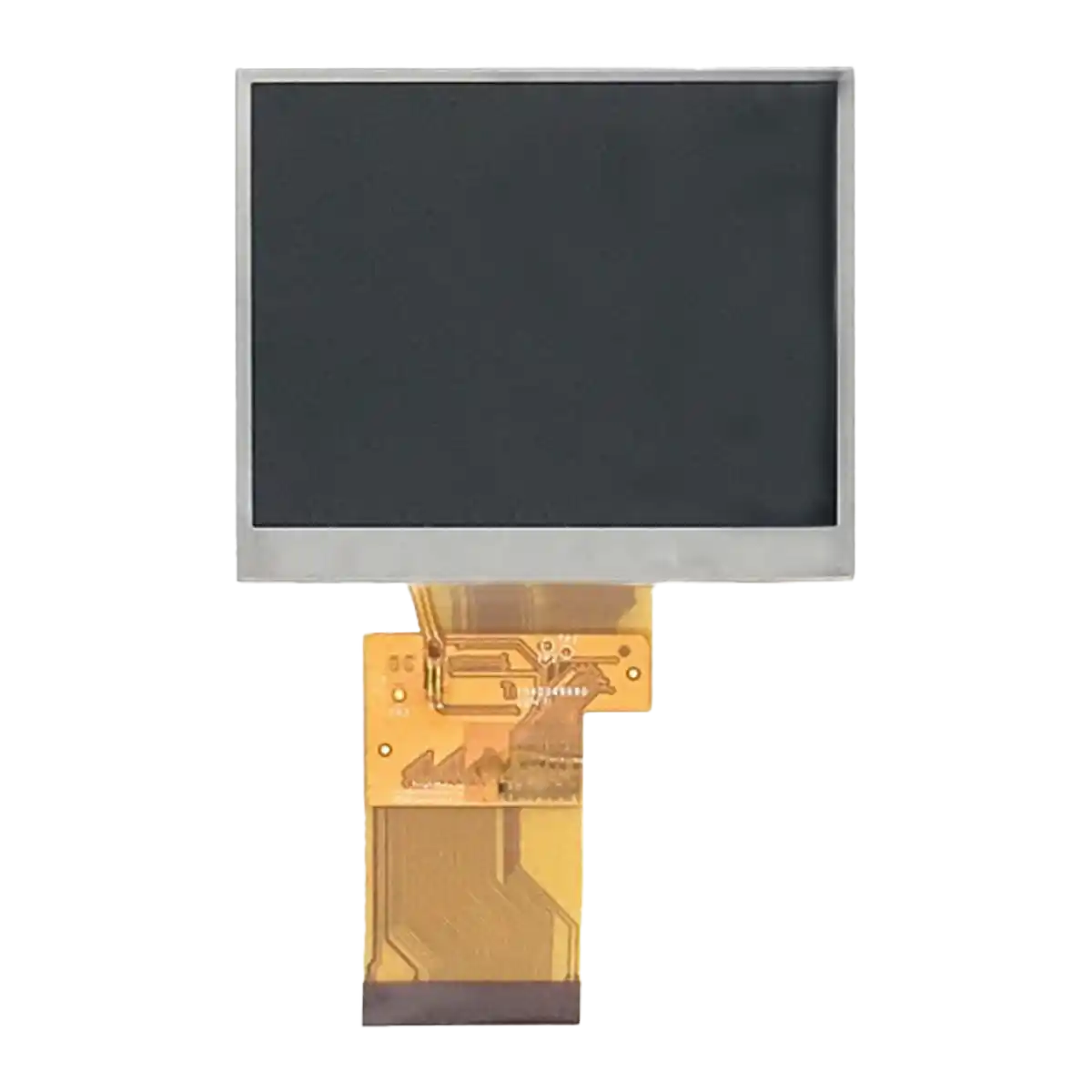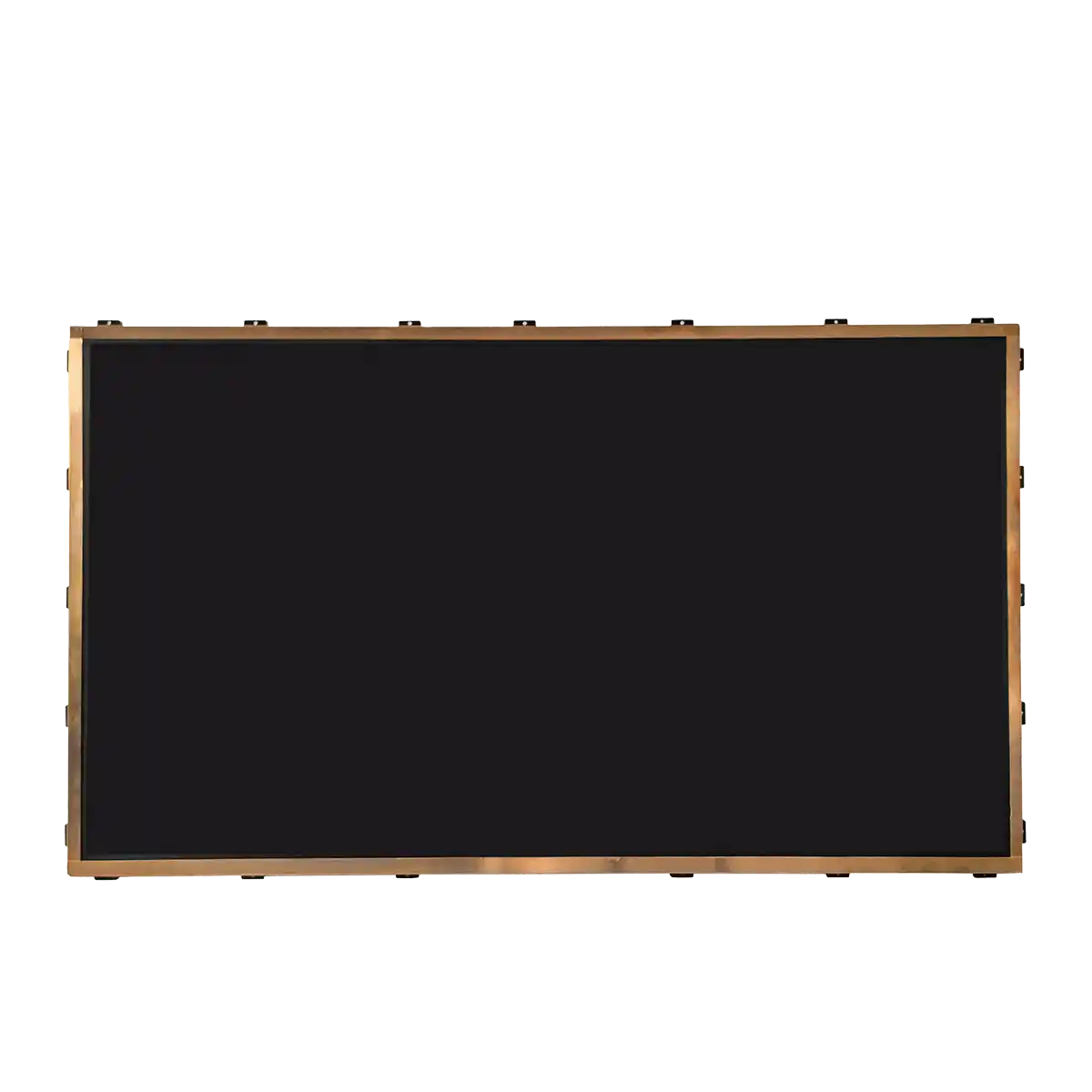The Science Behind LCD Displays
1. The Fundamentals of LCD Technology
The term "LCD," short for Liquid Crystal Display, refers to a type of display that uses liquid crystals to create images. At the core of an LCD is the liquid crystal layer, a substance that is neither purely liquid nor solid. These crystals have the unique ability to twist and untwist in response to an electric current, which is the basis for their use in display technology.

2. The Role of Polarizers
Every LCD display is equipped with two polarizing filters. The first polarizer is attached to the front of the display, and the second is aligned with the liquid crystal layer. When light passes through the first polarizer, it becomes linearly polarized. The liquid crystals can then either allow this polarized light to pass through the second polarizer or block it, depending on the voltage applied to the crystals.
3. Color and Subpixels
To create color images, LCD displays use a process known as subpixelation. Each pixel on an LCD screen is made up of three subpixels: red, green, and blue. By varying the amount of voltage applied to each subpixel, a wide range of colors can be produced. The combination of these subpixels allows for the display of full-color images.
4. Backlighting
The light source behind the liquid crystal layer is crucial for visibility. In LCD technology, this is typically achieved through a backlight, which can be CCFL (Cold Cathode Fluorescent Lamp) or LED (Light Emitting Diode). LEDs are preferred in industrial applications due to their longevity, energy efficiency, and ability to provide a more uniform light source.
5. Industrial Adaptations
Industrial LCD Screens are designed with additional features to withstand the challenges of industrial environments. These include higher brightness levels to ensure visibility in direct sunlight or brightly lit areas, wider temperature operating ranges to accommodate extreme climates, and enhanced durability to resist physical impacts and vibrations.
Conclusion
The science behind LCD displays is a testament to human ingenuity, blending physics, chemistry, and engineering to create a technology that is both versatile and robust. Industrial LCD Screens, in particular, showcase the pinnacle of this technology, offering high performance in the most demanding conditions.
Expansion
For those with a thirst for further knowledge, several avenues of exploration present themselves. One could delve into the manufacturing processes of LCD panels, from the synthesis of liquid crystals to the assembly of the final display. Additionally, the role of software in calibrating and optimizing the performance of these displays is a critical aspect of their functionality.
Moreover, the evolution of display technology offers a rich field of study. The transition from traditional LCDs to advanced technologies such as OLEDs (Organic Light Emitting Diodes) and the potential of flexible and transparent displays could provide insight into the future trajectory of Industrial LCD Screens.
In this article, I have endeavored to dissect the science behind LCD displays with precision and clarity, ensuring that every term is thoroughly explained to provide a comprehensive understanding of the subject. The depth of this exploration is intended to satisfy the curiosity of readers, from those new to the field to seasoned professionals seeking a deeper understanding of the technology that powers the displays they rely on.
Recommended Articles
-
Why Choose BOE’s EV101WXM-N10?
2025-01-03 -
The Trajectory of South Korea's LCD Industry Amidst Political Fluctuations and Technological Transition: Challenges and Opportunities Coexist
2025-01-03 -
ADS Pro: The Future of Display Technology
2025-01-03 -
Interpretation Report on AUO's New Generation Smart Cockpit
2025-01-03 -
What is the difference between quantum chips and quantum dot technology?
2025-01-03 -
Are the displays in Tesla's Cybertruck and Robovan the same as you imagined?
2025-01-03 -
BOE GV070WSM-N10 parameters and advantages and disadvantages analysis
2025-01-03 -
TM070RDH10-43 7-inch TFT-LCD Display: Technical Details and Application Guide
2025-01-03 -
Notice on the discontinuation of TCG104SVLQJPNN-AN41 model and alternative solutions
2025-01-03 -
Introduction: Reasons to Choose G121EAN01.2
2025-01-03 -
Practical Applications of Industrial LCD Screens: The Perfect Blend of Professionalism and Customization
2024-09-26 -
Hangzhou LEEHON Technology supplies BOE GT080X0M-N12: High quality 7-inch TFT-LCD module solution
2024-09-14 -
How to Check for Issues in Industrial LCD Panels
2024-09-11 -
How does an LCD screen find individual pixels?
2024-09-11 -
What is the difference between eDP and LVDS?
2024-09-11 -
In-depth analysis of the development of automotive display technology
2024-09-10


























































































































